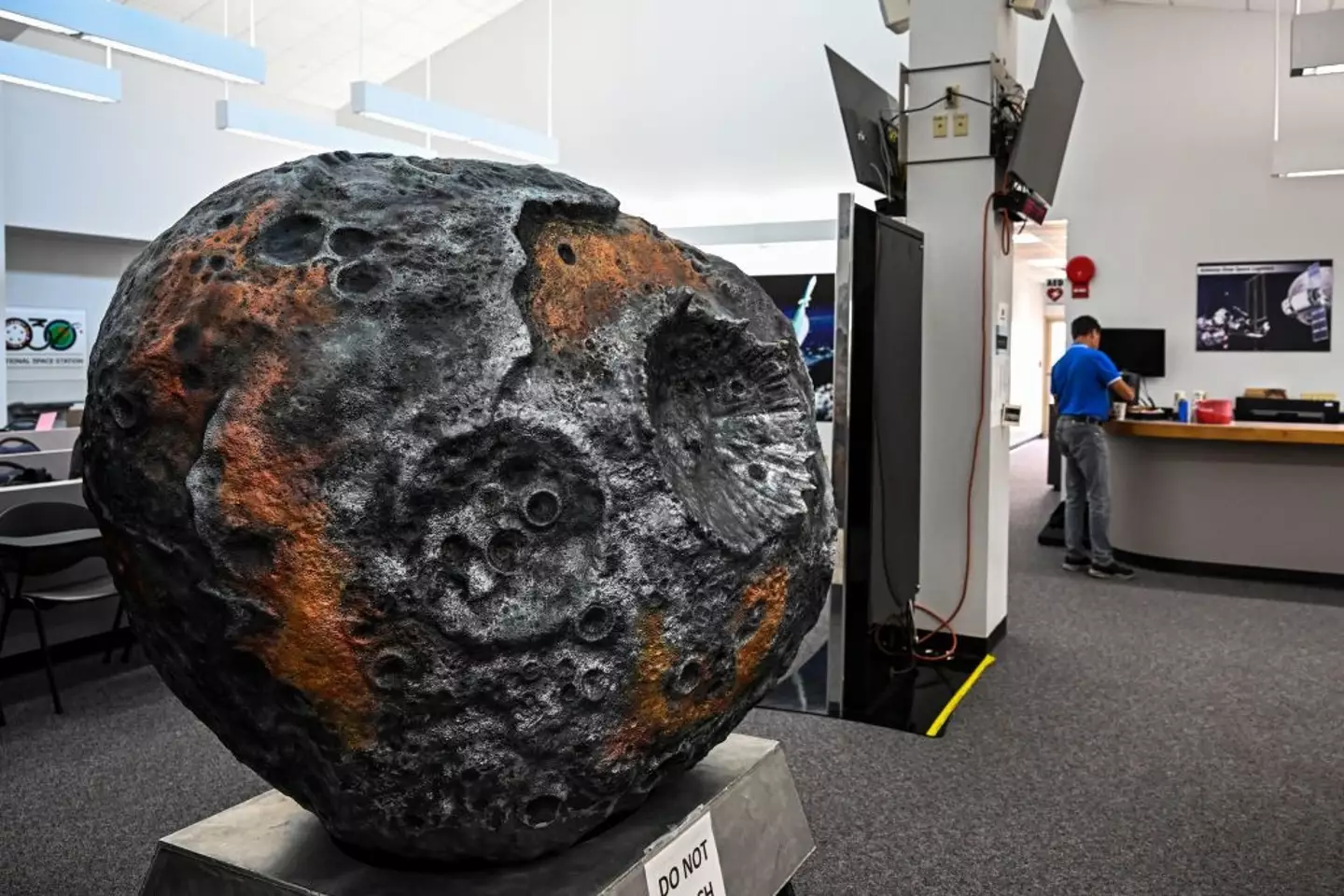If you are unable to 3D print something as a complete part, you will need to join pieces together. Typically, people might use threaded inserts or nut slots in the design or even opt for a tube of CA glue. However, an alternative option to consider is heat-staking your printed parts together.
You may not be familiar with the term, but if you’ve ever looked inside a plastic product, it’s likely that you’ve encountered a heat-staked joint. As explained by [Richard Sewell], a heat-staked joint is essentially a traditional mortise-and-tenon joint made from plastic, where the tenon protrudes from the joint face so it can be softened with heat. The tenon expands, preventing the joint from being pulled apart. A variation of this method involves a mortise with a wide chamfer, allowing the melted tenon to expand, providing both additional resistance to pull-out and a more flush surface.
To melt the joint, [Richard] uses a soldering iron and applies some pressure. To evenly distribute the heat and force, he uses the barrel of the iron instead of the tip, although a wide chisel tip could be used for smaller joints. In either case, a layer of Kapton tape helps to prevent the iron from getting covered in melted plastic. [Richard] outlines several advantages of this plastic joinery, including the elimination of the need for additional hardware. One notable advantage is that by avoiding monolithic prints, each aspect of a part can have its layer lines optimized.
While it may not be suitable for every situation, heat-staking appears to be a valuable technique to keep in mind. It would be interesting to see [Stefan] from CNC Kitchen conduct testing on these joints, similar to what he did for threaded inserts.














